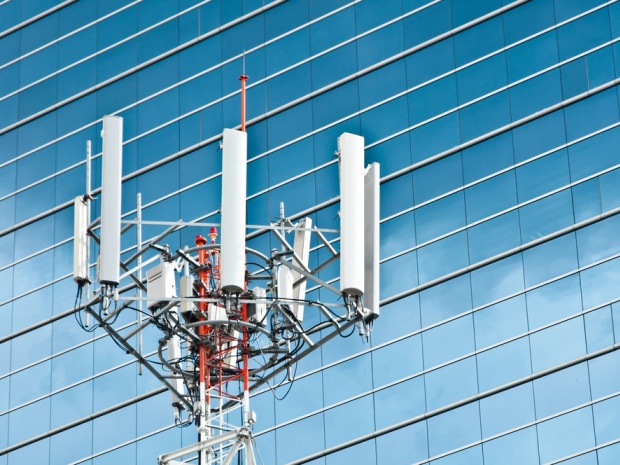Delhi to receive major boost in Vodafone 3G services

Currently, Vodafone has approximately 8,300 3G cell phone towers in Delhi and the plan is to add 1,700 more within the next 12 months, totaling 10,000, reports The Times of India.

Vodafone is betting large on their existing 3G infrastructure as compared to rival Bharti Airtel, they currently don't offer any 4G services in Delhi or anywhere else in India. That being said, in order to lure customers, Vodafone has also slashed 3G tariffs by up to 80 percent.
For the quarter ending June 30, 2013, Vodafone saw an increase of 29 percent in mobile Internet usage against the previous quarter, due to an increase of both data customers and high usage subscribers.
I've been with Vodafone for over three years now and can honestly say it's one of the more better and reliable 3G network in Delhi. Previously, I was with Bharti Airtel. Not only was the network coverage and reception extremely poor, especially in my house, their rates for both calls and data services were outrageous. However, that was before I made the switch to Vodafone and I've been enjoying superb network coverage along with great reception. In fact, Vodafone's reception is so good within Delhi that there is even coverage underground within Delhi Metro.
I am a little surprised Vodafone is installing 1,700 more 3G cell towers, instead of investing and setting up infrastructure for 4G services instead, as Bharti Airtel has. At the same token, 4G services haven't really been that popular within India. While available in certain regions, it appears most Indian mobile customers are content with 3G services, for now.
One of the reasons for this is because Bharti Airtel has a monopoly over 4G services in India, and as such, one expect their rates to be high. With no benchmark or friendly competition, Indian consumers don't know if they're getting a good deal or not.
Furthermore, with the systematic drop in 3G tariffs across the board, it also appears Indian mobile operators want to keep their customers on 3G networks longer than most would expect. Finally, probably the most commonly overlooked reason for remaining on 3G for now is that even if you take your device to a 4G device, Indian consumers might not experience the full capabilities of 4G because of device restrictions, such as features and processor speeds. As such, until 4G devices also become more popular in India, Indian consumers will have to do with 3G instead.